What is better - liquid soap or bar soap?
Contrary to appearances, not all soaps are equal. Since ancient times, the recipes for various soaps have differed in their composition, and different cultures have used these hygiene products in different ways, sometimes using traditional body-washing methods with blocks made from plant and animal fats, and other times opting for the production of more liquid oils used for direct application to the skin. In today's times, can we finally say with certainty which form is better for our health?

For many years, in public baths, public toilets and home bathrooms, gray bar soap reigned supreme, gradually losing its raw and traditional form in favor of a more colorful and richer form with pleasant scent experiences. Initially quite universal, used for both body washing and laundry, as well as for removing dirt from floors and household appliances, it quickly began to specialize in specific aspects, allowing people to choose between luxurious colored soaps for skin care and large, colorless potassium soaps perfect for removing stains from fabrics.
One of the most important turning points in the history of body cleansing products, however, was the great comeback of liquid soap.
Who invented liquid soap?
Unfortunately, it is difficult to give a clear answer to this question, as, as mentioned earlier, the liquid form of body hygiene products is not something new and over the years it has been used by, among others, ancient Romans. However, we do know who patented liquid soap - it was American William Sheppard, who on August 22, 1865, patented "improved liquid soap" as his invention. The recipe for this product was not particularly complicated, as it involved mixing a suitable amount of traditional soap with a significant amount of ammonia solution to obtain a thick liquid resembling molasses in consistency.
This was the first official liquid soap, advertised as easy to use and cheap, and it quickly spread in public spaces, reaching factories and public toilets, but it did not manage to conquer household bathrooms. It was not until 1898, over 30 years later, that the American company B.J. Johnson Soap Company, now known as Colgate-Palmolive Company, owner of many well-known brands of hygiene products worldwide, created soap based on palm oil and olive oil.
The soap revolution
The use of new materials in the early 20th century led many companies to recognize the potential of liquid soap and start producing their own versions of these hygiene products, often giving rise to the first liquid household detergents. However, even this increase in interest was not enough for liquid soap, in the form we know it today, to become widespread in American homes. This happened much later, in 1980, when Minnetonka Corporation of Minnesota introduced the world to the first liquid hand soap, Softsoap, primarily aimed at households.
Advantages of liquid soap
Liquid soap finally made its way into the bathrooms of ordinary people and was received with great enthusiasm, but what exactly made it so popular? It was not just a matter of hygiene, as recent studies have shown that both traditional bar soaps and their liquid counterparts are equally effective in removing all kinds of viruses and bacteria from the surface of our hands. The deciding factor was likely the convenience of use.
First of all, unlike bar hand hygiene products, liquid soaps cause significantly less mess. Although freshly purchased regular soap is pleasant to the touch and easy to grab, after prolonged use it starts to shrink noticeably, and sometimes even break into smaller pieces. In this form, individual fragments not only make it difficult to create the right amount of foam and spread it on the skin, but also often slip between the fingers, ending up on the sink or, which is particularly troublesome, on the floor.
This leads to situations where simple hand washing involves bending down, rinsing off soap splashed with dust from the floor, and sometimes even having to clean the sink splashed with chips. By using liquid soap, we have full control over where and in what quantity it is dispensed, allowing us to ensure that it only lands on our hands.
Bathroom decoration
Using liquid soap is not only about limiting potential mess, but also about enhancing the overall appearance of the bathroom. Marseille soaps and other traditional recipe bars are often small works of art, but using them for hand washing inevitably leads to distortion of their original shapes and erasing of their original appearance. Additionally, soap dishes on which they are placed must be regularly cleaned to prevent the build-up of foam from leaving unsightly streaks and stains, making maintaining cleanliness in the bathroom require a bit more effort.
This problem does not concern liquid soap in the least. With a choice of many elegant bathroom dispensers, you can choose a dispenser that not only fits the bathroom design, but also enriches it with its intriguing appearance. Made of glass, ceramic, and even steel, additionally enriched with elements made of wood and chrome, they are not only durable and guarantee a high level of hygiene with toilet accessories, but also aesthetic gems that combine a stylish look with convenience and ease of use.
A way to moisturize the skin
Finally, it is worth mentioning that liquid soaps generally have a much lower pH than bar soaps, irritating the skin of people with extremely sensitive skin to a lesser extent. Thanks to a wide range of colorless and fragrance-free, gentle, hypoallergenic liquid soaps, washing with them is safer and less burdensome for the skin, making it easier to care for smooth and wrinkle-free hands.
Ryszard Kurek
All rights reserved. No part of the publication (text, graphics, images, photos, files, and other data) presented on the OLE.PL online store may be reproduced or distributed in any form or by any means without prior permission. All trademarks, graphics, brand names, and other data are protected by copyright law and belong to their respective owners.




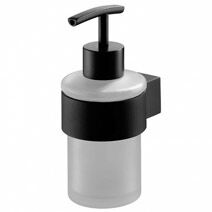




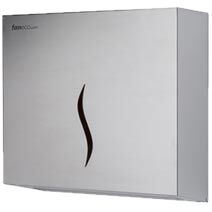











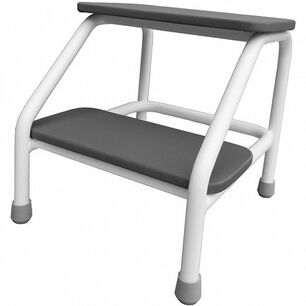

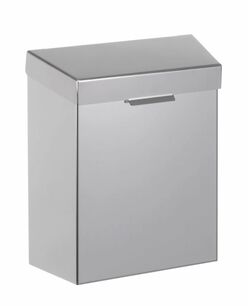
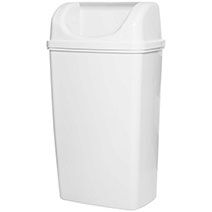







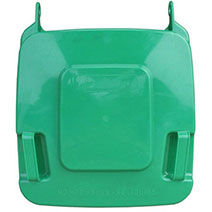

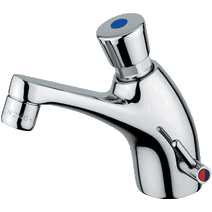


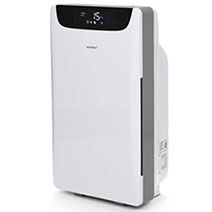
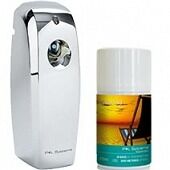









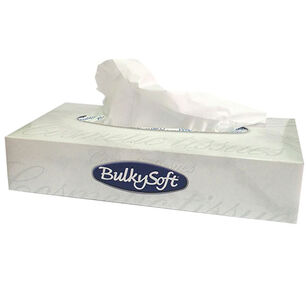







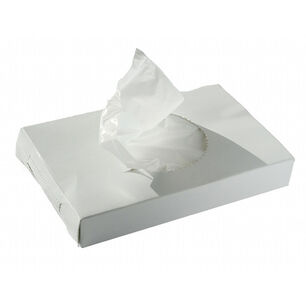







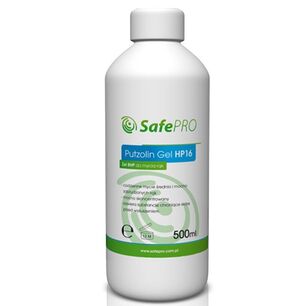




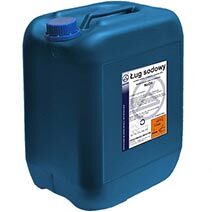



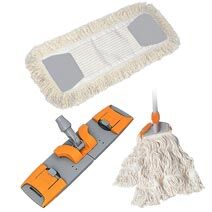



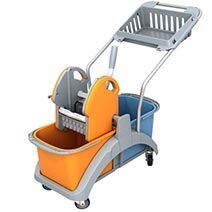
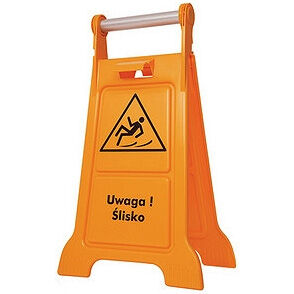


 Polski
Polski
 Czech
Czech
 German
German
 Spanish
Spanish
 Slovak
Slovak